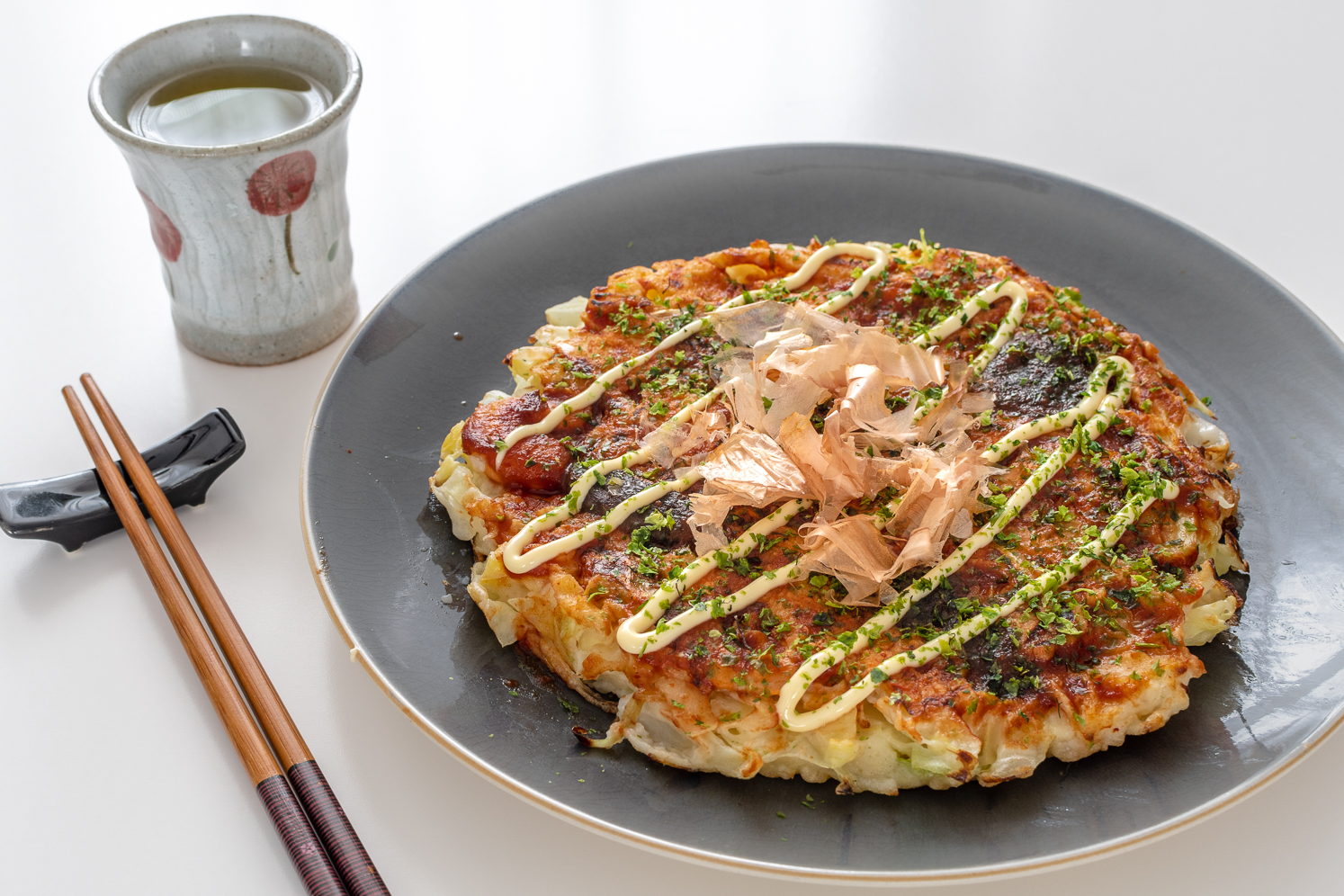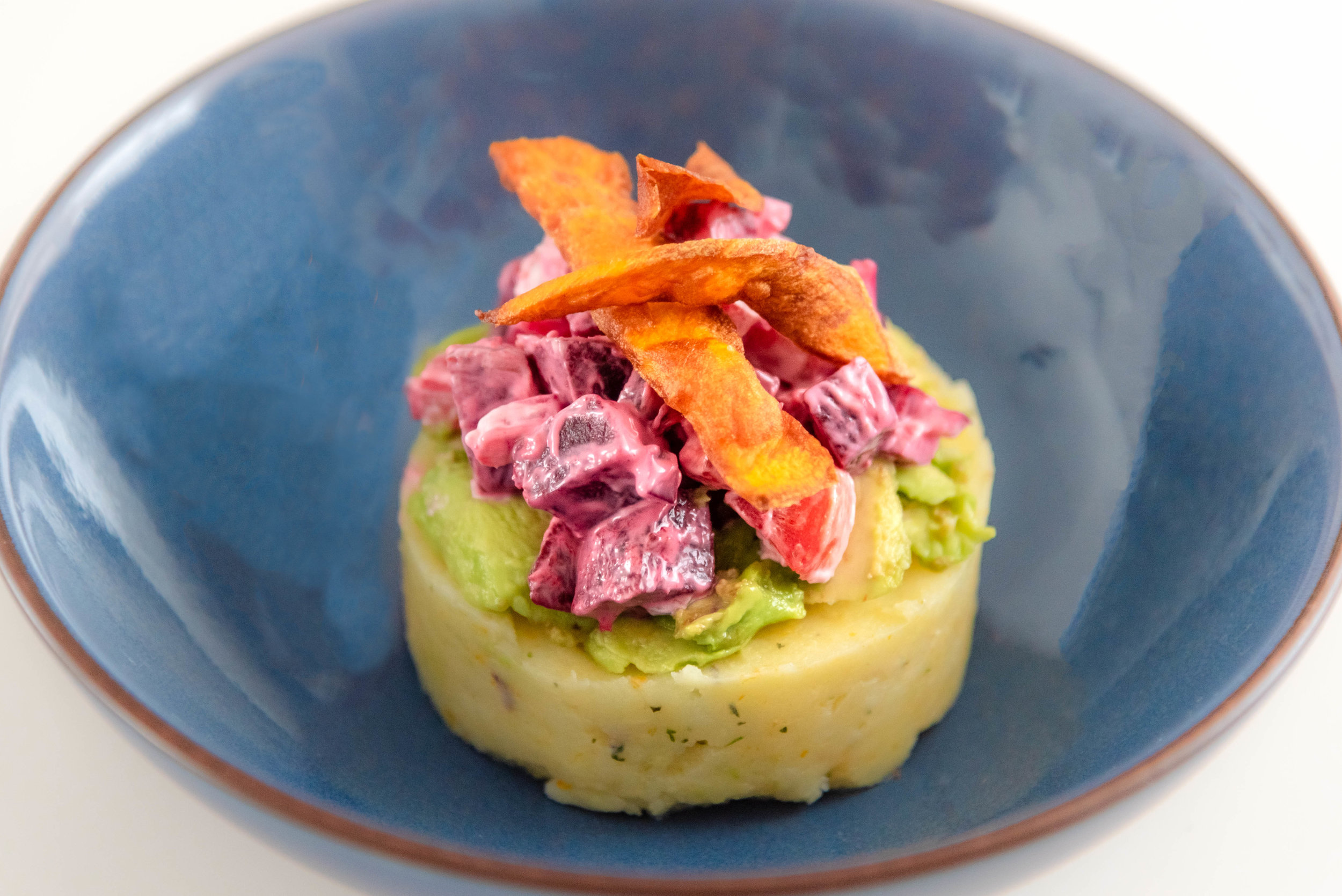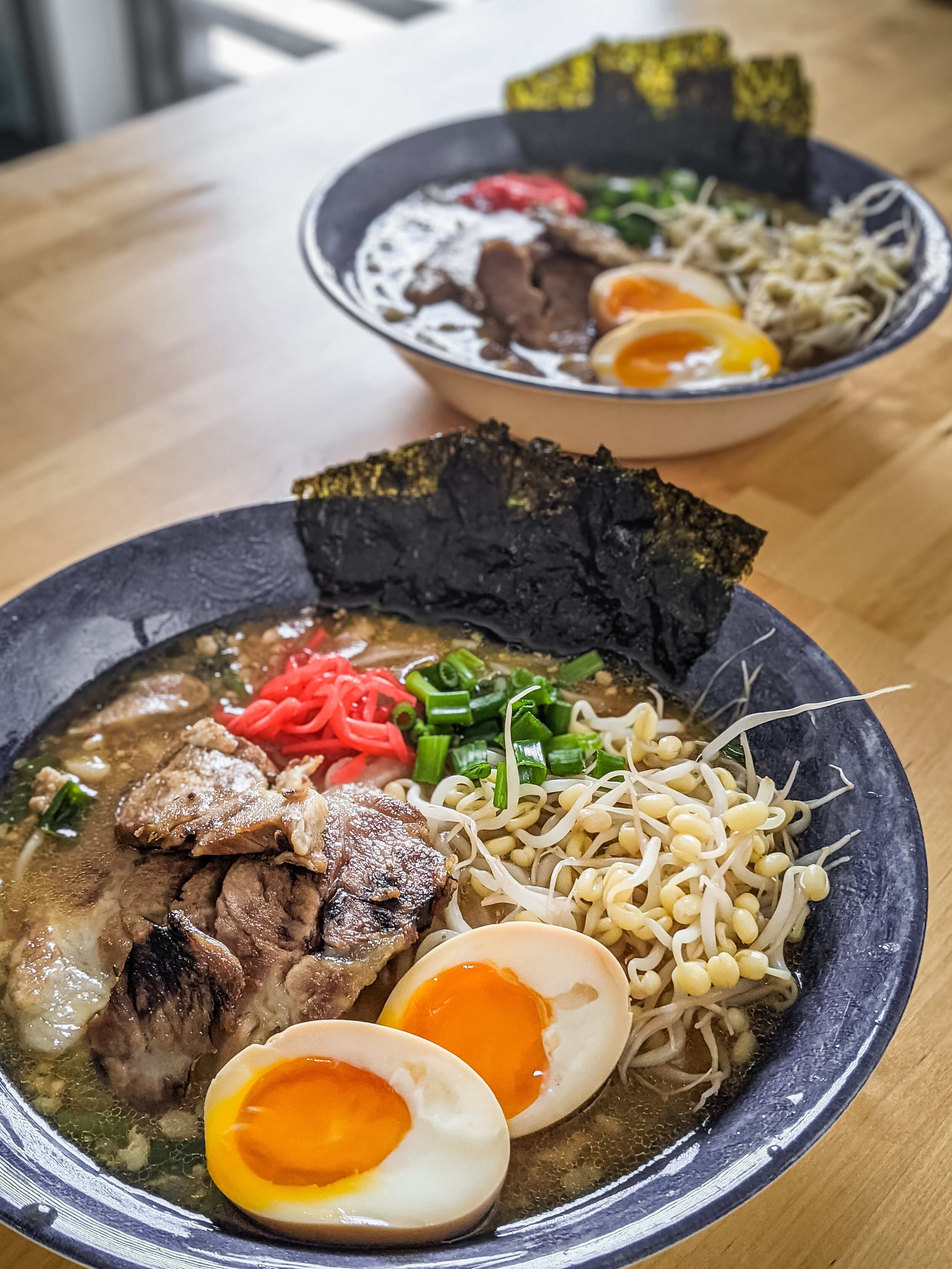Ceviche: a recipe from Peru

Before going to Peru, I didn’t know that Ceviche could be so good. I had only tried a couple of bites in some fusion restaurants, but it’s nothing compared to the original dish with the fresh Peruvian ingredients. Divine!
Peruvian cuisine is so much more than just Ceviche, but I still think it deserves a special attention. And it's naturally gluten-free! So here it is, my first Peruvian recipe.
Note: Ceviche is not only about assembling fish and other ingredients. Keep in mind that there are couple of things you should prepare in advance, half a day or at least 4-5 hours before: AJI AMARILLO PASTE (made from a specific pepper) and LECHE DE TIGRE (Tiger Milk, flavored lime juice).
Ingredients Aji Amarillo Paste
- 100 gr Aji Amarillo peppers (you can find them frozen outside of Peru)
- 1 tbsp vegetal oil
- 1 garlic glove
Ingredients Leche de Tigre
- 8 limes
- 5 mm peeled ginger
- 1 garlic clove
- 10-20 cilantro leaves (to taste)
- 1/2 tsp salt
- 2 tsp Aji Amarillo paste
- Cover your hands with plastic gloves and cut the Aji Amarillo in half. Remove the seeds and place in a saucepan. Cook for 5-10 minutes, until it’s possible to remove the external skin. Drain the peppers, leave them to cool and peel them. Transfer into the blender, or food processor together with the oil and peeled garlic clove. Been until creamy (add 1-2 tbsp of water if necessary).
- Moving to the Leche de Tigre, start by squeezing the lime juice, filter it and place it in a small bowl. Add the ginger (cut in half), the garlic and cilantro leaves. Let it rest for at least 5 minutes. Filter the liquid in another bowl, then add the salt and Aji paste. Mix well, cover with cling film and place in the fridge for at least 4 hours.
Ingredients Ceviche
- 600 gr fresh white fish (corvina, otherwise sea bass or cod)
- 1 portion Leche de Tigre (details above)
- 1 big red onion
- 1 small sweet potato
- 1 chili pepper, thinly chopped (ideally Aji limo, lemon drop pepper)
- Cilantro leaves & salt to taste
- Place the sweet potato in a saucepan and cover with water. Cook over low heat until the sweet potato is easily pierced with a fork, then drain and set aside to cool at room temperature.
- Cut the red onion in thin strings. Wash with cold water then place in a bowl with ice cold water (you can add some ice cubes if needed). Remove the water with a sieve, then place the onion onto kitchen paper or a clean towel to get rid of all the water. Transfer the onion in the fridge until you’re ready to use them.
- Cut the fish in cubes of equal size (2-3 cm) and transfer them in a big bowl. Add a big pinch of salt and mix gently with a metal spoon.
- Add the Leche de Tigre to the fish and let it marinate. Now, there are many theories and suggestions about the right length of time, from 2 minutes (according to chef Martín Morales in his book Cocina Peruana) up to 30 minutes if you like it more “cooked”. For my preference I prefer not more than 15 minutes.
- Combine the other ingredients to the fish mix: red onion, cooked sweet potato (cut in cubes), chili pepper, cilantro leaves to taste. Serve immediately and “Buen Provecho!”
TIPS: It’s not that easy to find Aji Amarillo outside of Peru, look for a dedicated South American food shop. In Amsterdam I found frozen Aji Amarillo in Tjin, next to Albert Cuypstraat.
This Aji paste recipe produces more than what you need for a portion of ceviche. Preserve it in the freezer, ideally in ready-to-use cubes.
Do you wonder what is the difference between the different marinated times?
In 2 minutes the fish is still raw, but the exterior is starting to show some textural changes.
After 5 minutes there is definite textural changes in the fish, but the inside is still fully raw. After 10-15 minutes the fish is niceley firm on the outside, but still tender and moist in the interior.
After 30 minutes the fish starts becoming “too cooked”.
So as you can see, ceviche has got a pretty limited lifespan so it’s better to eat it on the spot.
Have you tried it? Do you have any suggestions? Leave your comment!






